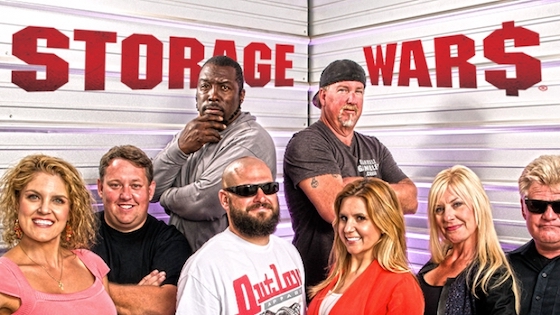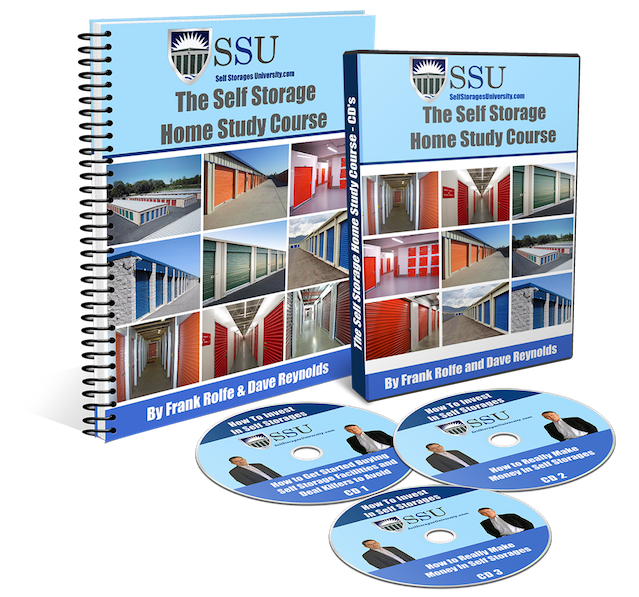Even though you have an interest in self-storage investing, there may be something blocking you from moving forward. That happens to everyone. The key is to identify and acknowledge what the problem is, and then to take steps to overcome it. Here are some of the standard roadblocks, as well as the solution.
Understanding how the business model works
If you have failed to move forward because you don’t have a full handle on what the key drivers are to profitability, or what the key dangers are in due diligence, then you’re smart. Not knowing all the facts regarding how to make money with any investment is an unacceptable risk. If you need to know how to correctly invest in self-storage, we would suggest you look at our course here. It’s a college-styled immersion in the self-storage business model.
Finding a deal to buy
There are several different ways to find a storage facility to buy. The key is to focus on volume: do all of these efforts simultaneously. The buyer that looks at 100 properties has ten times the luck of the one that looks only at 10. So what are the key ways to find a property to buy?
- On-Line. These are listings that you can find on the internet at two prime sources: 1) www.Self-storages.com and www.Loopnet.com. These are all listings that include the key details and the asking price. There are typically several hundred to look at.
- Cold-Calling. This is a simple plan. You get the owner’s name and address from the property tax records, and then find their phone number through Switchboard.com or a similar website. You simply call the owner and see if they want to sell.
- Direct Mail. Same plan as above. Only instead of phoning the owners you send them a letter or postcard and have them call you. This is ore effective on some owners who don’t like somebody invading their personal space.
- Brokers. Real estate brokers are an extremely effective way to find a self-storage facility to buy. Build a list of all industry brokers and call them at least monthly to see what listings they may have that fit your criteria.
- Personal Visit. This can be extremely time-consuming, but also can yield some real luck-outs. You simply drop by the owner’s home or business to see if they want to sell. This technique is not for everyone.
Having sufficient down-payment capital
You will need roughly 20% to 30% of the purchase price for a storage property in cash. If you do not feel that you have enough capital to buy the kind of property you are interested in then consider joining forces with a partner. You will find that there are many people out there with IRA funds that are going nowhere and want to try something new. It costs around $500 to have a standard IRA converted to a Self-Directed IRA (SDIRA) which can invest in Self Storages.
Obtaining a loan for the purchase
This is one of the easiest pieces of the storage puzzle. If you have a decent deal and decent credit, you can easily get a storage loan in today’s market – thanks to the fact that storage has one of the lowest loan default rates in the nation. And if you have bad credit, you can still buy a storage property via seller financing, which is pretty common in some markets. If you deal is at least $1 million in size, you can even use a loan broker to get the loan for you. The best one in the U.S. – in our opinion -- is M.J. Vukovich and you can reach him at 612-335-7740.
Fear of signing up a contract
Most of this fear is abated when you have the correct contract form. You never want to sign a contract that does not have a due diligence provision as well as a financing contingency. This gives you two outs in the event you decide you don’t want to buy it. When you realize that the contract can always be cancelled during due diligence (if you have that in the contract ands worded properly) you will rapidly lose this fear.
Confronting fear of risk
Nobody is more risk averse than we are. However, you can’t get anywhere if you take no risk. The key is to properly define what the risk is and then mitigate it. We like to make a grid that shows the worst case scenario, the best case scenario, and the realistic scenario (somewhere in between). If you can survive the worst-case scenario, and the best case is impressive, then you should not fear the deal. That being said, you make your own luck in performing great due diligence. Benjamin Franklin once said “diligence is the mother of good luck”. He was completely right.
Conclusion
Everyone hits roadblocks at some point in their investing career. Simply identify what’s holding you back and learn the truth about how to defeat it. It’s a solid strategy.



